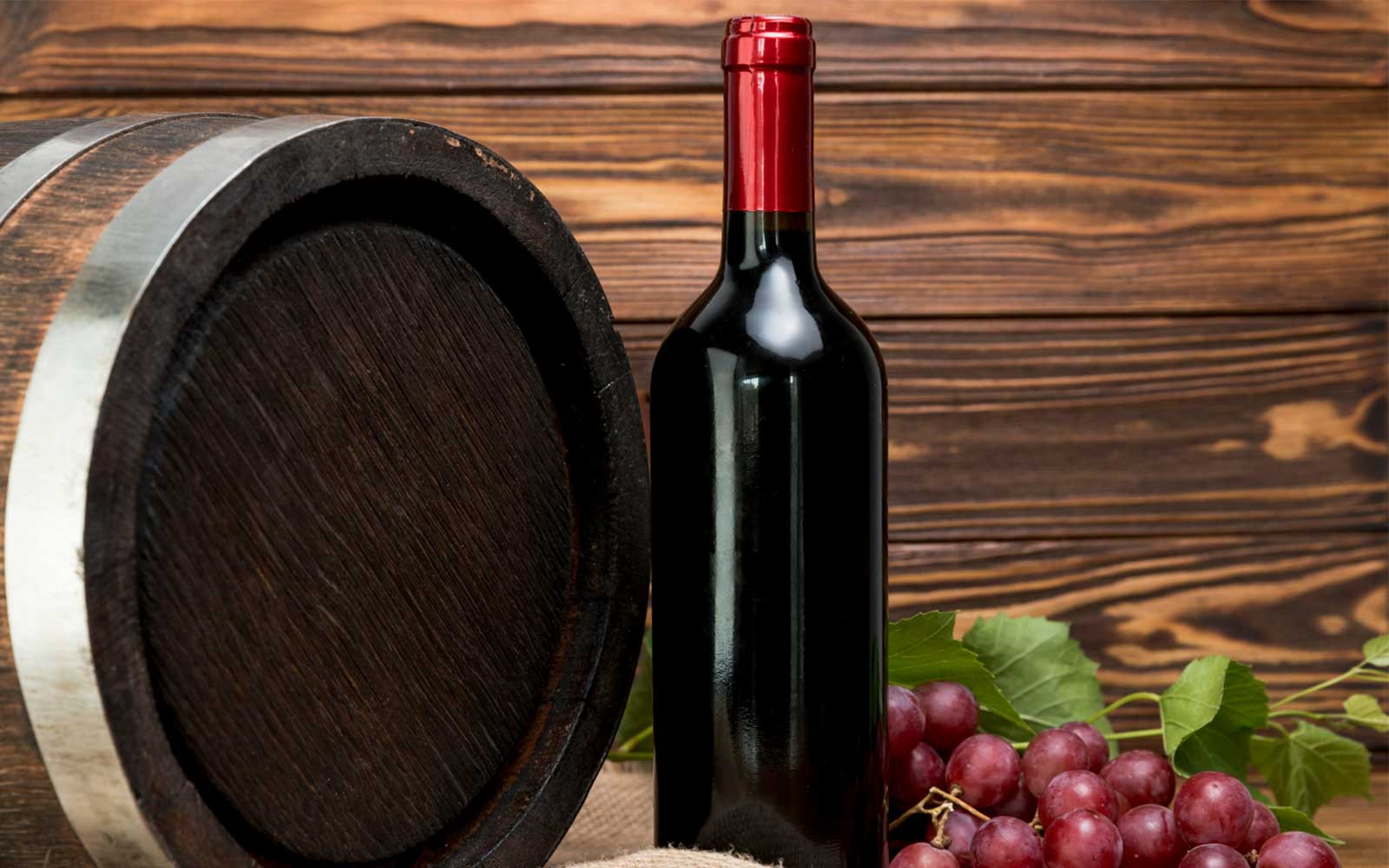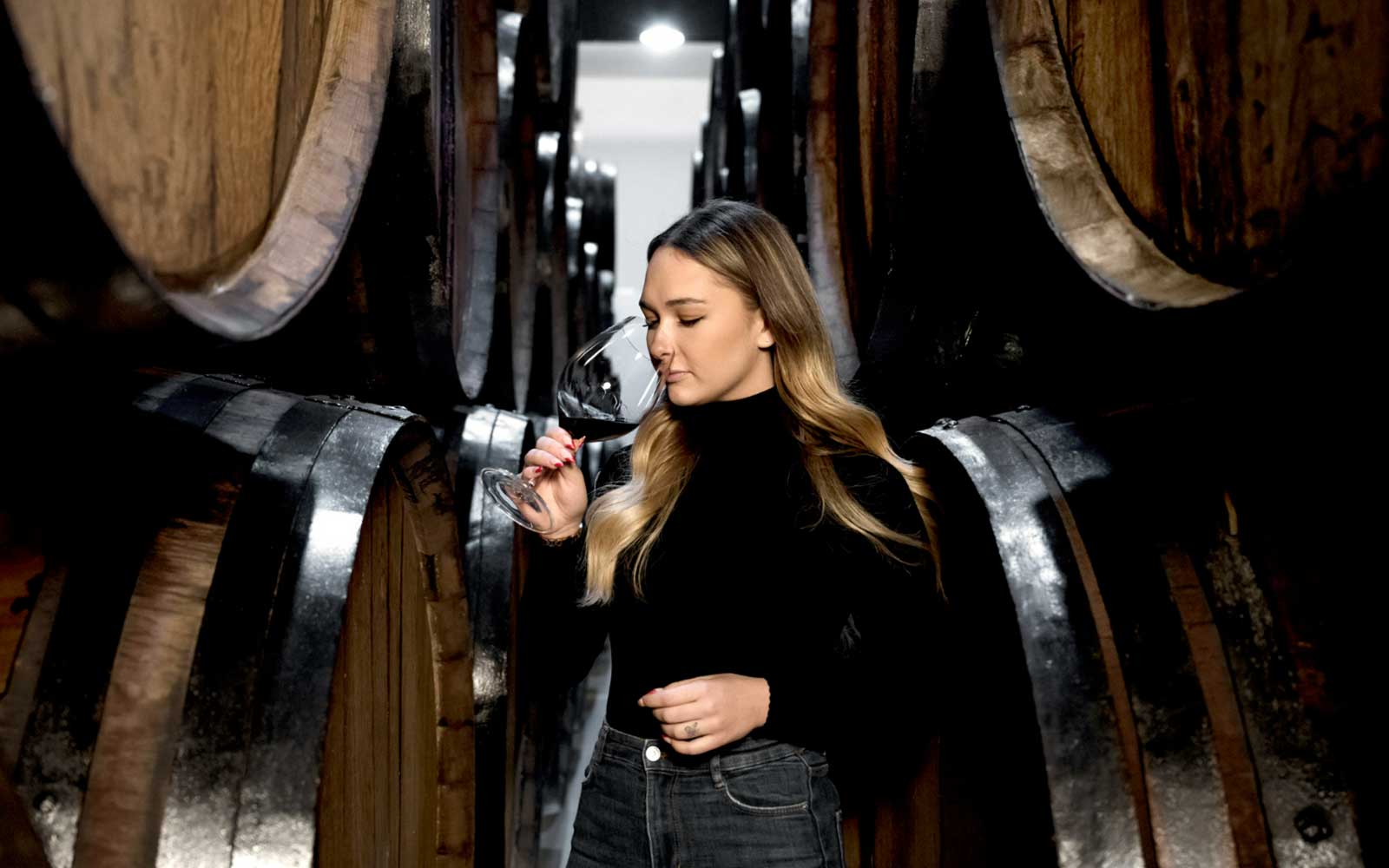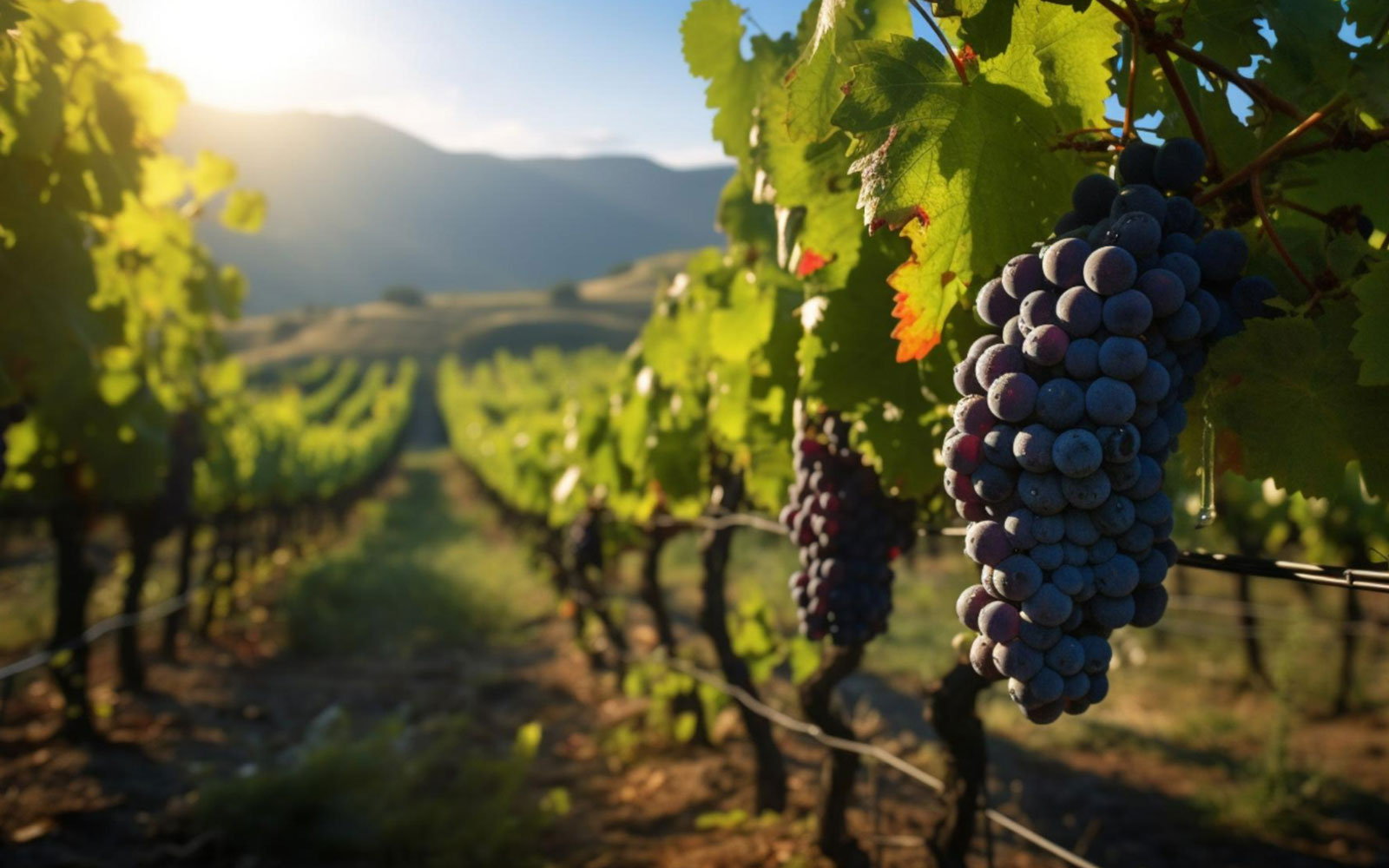To suggest that white wine is best suited to fish and red wine to meat is to oversimplify the opportunities that wines offer. While there is truth in both statements, wine pairing possibilities are as broad as the guests and ingredients. In this article, we will look at some tips and suggestions for achieving exceptional pairings, remembering that almost any combination can be successful under the right circumstances.
When we seek to harmonize dishes with wines, we can choose to highlight their best affinities (either in taste, appearance, temperature, and body, among others) or select the opposite way. For example, we can pair a sweet wine with dessert to find similarities or go for contrast.
Essential aspects to take into account in wine pairing
When it comes to connecting dishes with wines, we can match them as well as possible or do precisely the opposite, opting for a contrast.
An excellent food and wine pairing balances the elements of a dish and the characteristics of a wine. Although the harmonization of food and wine may seem complex, the fundamental principles are simple to understand.
- Balance in wine pairing: Generally speaking, one could argue that white wines are “lighter” compared to reds, and reds tend to be more “robust” as they age. A young wine tends to be lighter than a Reserva. The same goes for food: a salad does not feel the same in the stomach as a plate of pasta or a hearty piece of meat. With this in mind, one of the critical principles in wine pairing is to seek a balance of weight between the dish and wine that accompanies it.
- Order of dishes: Similar to not choosing a strong cheese before a mild one or a very spicy dish before a salad, it is also not advisable to start a meal with a full-bodied wine and then move on to a lighter one. This sequence could make the dishes and wines that follow the first one seem lacking in flavor. For this reason, it is advisable to maintain an order in the menu, starting with soft options and reserving the more robust wines for the end.
- Importance of the preparation of the dishes: Another essential rule when preparing a successful pairing involves considering the cooking method of the dish we plan to pair. The difference between enjoying a chicken stew with spices and tasting a salad with breaded chicken strips is significant. Therefore, beyond the specific ingredients, it is crucial to look at the recipe as a whole.
- Typical dishes and origins: An additional rule that can enhance the dining experience is to consider the unique characteristics of the region’s wine when pairing it with local dishes. Is there a more straightforward and more effective pairing than combining Rioja-style potatoes with a young red wine from the same region?
Types of pairing
Pairing by agreement
When pairing, similar characteristics between the wine and the dish can create a harmonious combination. Some classic examples include roast beef with Malbec, pink salmon with Pinot Noir, seafood salad with oak-free Chardonnay, and pork tenderloin with Merlot.
Pairing by contrast
In this case, the characteristics of wine and food are opposite, generating complementarity by differentiation. Iconic examples include the combination of blue cheese with sweet wine, Asian cuisine with Torrontés, and spicy dishes with light white wines.
Wine types and their appropriate pairings
Pairing wines properly with food is a skill that highlights the characteristics and flavors of both culinary experiences. Here are some types of wines and their most appropriate pairings
White wine pairing
In general, white wines are an excellent match with light appetizers, salads, rice, pasta, white meats, and fish. However, it is crucial to consider the specific acidity and sweetness of white wines. For example, white fish such as hake and cod harmonize with dry whites, while blue fish such as anchovy and tuna go better with more mature whites or young reds. Seafood usually matches perfectly with fruity whites. 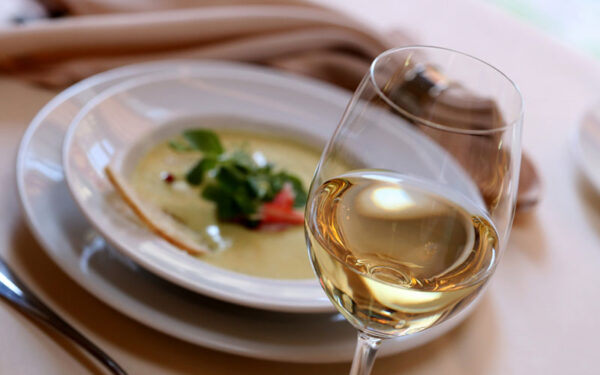 Preparation of white meats such as chicken, rabbit, or turkey is critical. Stews, sauces, and spices go best with more structured whites, while grilled cooking favors dry whites. Semi-sweet or sweet whites offer new options with cheeses, fruits, and even very spicy dishes such as Asian or Mexican cuisine, as their sweetness counteracts the spiciness. Of course, sweet whites are ideal to accompany desserts, although some prefer contrasts.
Preparation of white meats such as chicken, rabbit, or turkey is critical. Stews, sauces, and spices go best with more structured whites, while grilled cooking favors dry whites. Semi-sweet or sweet whites offer new options with cheeses, fruits, and even very spicy dishes such as Asian or Mexican cuisine, as their sweetness counteracts the spiciness. Of course, sweet whites are ideal to accompany desserts, although some prefer contrasts.
Rosé wine pairing
Rosé wines are versatile and pair well with appetizers, tapas, salads, vegetables, rice, pasta, white meats, stews, mild fish, sushi, and cheese.
Red wine pairing
It’s essential to consider the age of red wines in order to fully appreciate their characteristics. The body of a young wine is distinctly different from that of a Crianza or Reserva. It’s worth noting that vintage wine is best consumed within the first year. Additionally, crianzas need to be aged for a minimum of 24 months, while Reservas require 36 months of aging.
Evidently, this period of maturation in barrel and bottle gives wines different flavors and nuances from those of a young wine, offering diverse pairing possibilities. It’s important to note that red wines with high alcohol content can overpower the flavors of light meals, so more substantial dishes pair better.
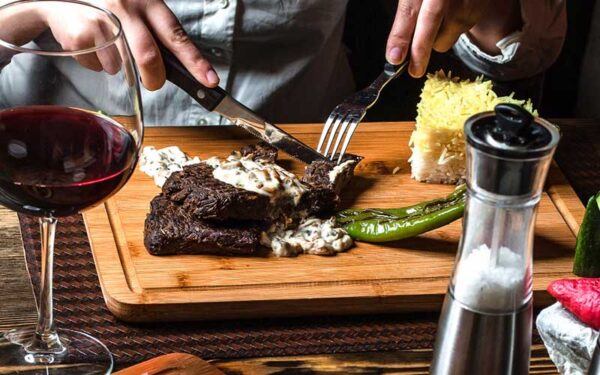
In general, all red wines harmonize well with a variety of tapas, meats, stews, legumes, and typical dishes of the country. However, more precise combinations are possible depending on the wine’s age. A young wine goes perfectly with light cold meats, cold cuts, semi-cured cheeses, pasta dishes, grilled or broiled white meatsand lightly elaborated blue fish. It also goes well with some meats and fish in sauce. Crianzas, on the other hand, pair well with roasted or grilled meats, stews, cured cheeses, and Iberian cured meats. A Reserva or Gran Reserva is ideal to accompany game dishes and more elaborate stews.
the “non-negotiables” in wine pairing
Some combinations are impossible, such as pairing red wines with marked tannins with seafood or savory dishes. Notable examples include oysters with Cabernet Sauvignon, sushi with Syrah, and sole with Petit Verdot.
In the classic pairing of wine and cheese, the choice depends on the raw material and the method of cheese production. According to writer Hugh Johnson, “The harder the cheese, the more tannins it bears. The creamier, the more acidity it needs.
Fresh Cheeses:
Cheeses such as mozzarella, with a mild flavor, complement well with young and fresh white wines, herbaceous and floral notes, as well as Brut or Demi-Sec sparkling wines.
Medium Cured Cheeses:
Examples such as Gouda and Emmental go better with dry, voluminous, barrel-fermented white wines or those with a notable glyceric charge, such as lush Chardonnay.
Moldy Cheeses:
Brie and Camembert find harmony with structured and aromatic whites or young and fresh reds, such as Pinot Noir.
Blue Cheeses:
Varieties such as Roquefort or Gorgonzola combine perfectly with late harvests, natural sweet, or fortified wines.
